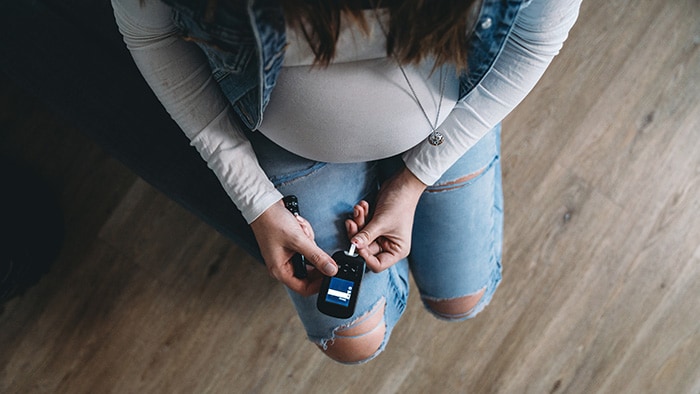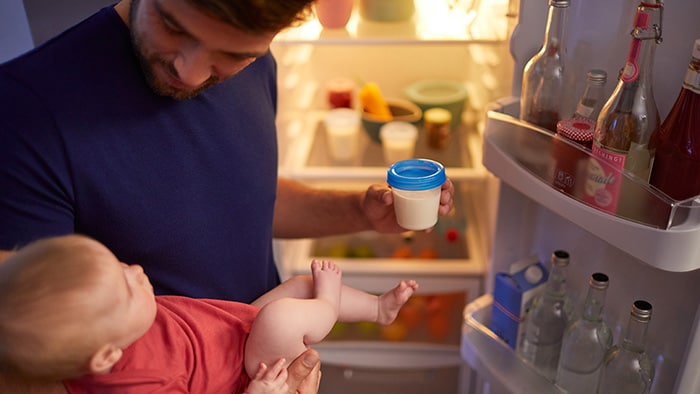November 2021
Pacifier suckling and orofacial structures

Do babies and children that use pacifiers run the risk of malocclusion? Researchers carefully investigated published articles to find answers.
They've been around in one form or another for centuries - if not longer. Today parents use latex or silicone pacifiers - which work like a charm to keep baby quiet, soothed and happy. But are these seemingly innocent soothers causing harm to baby's teeth, jaw and facial structure?
In a systematic review of literature, researchers investigated scientific evidence to find out more about the effects of pacifier suckling habits on orofacial structures, and to discover if there are any differences between conventional pacifiers and those designed especially for orthodontic health.
Misalignment of teeth
Concerns about malocclusions - possibly developed from suckling pacifiers - are common. One form of malocclusion is the anterior open bite (AOB). In this case, the upper and lower front teeth slant outward. When the mouth is closed, these teeth don't touch each other.
Another common malocclusion is the posterior crossbite (PCB), when the upper back teeth fall within the lower back teeth when biting. This causes people to move their jaw sideways, so their molars can chew - which can lead to teeth grinding and problems with the jaw.
Overbite - also known as overjet - is another form of malocclusion, with the upper front teeth angling outwards, over the lower front teeth.
Reducing risks
The review shows a clear difference between conventional pacifiers and those designed with orthodontics in mind. When kids used conventional pacifiers - with a rounded ball-shaped nipple - they tended to have AOB, PCB, overjet and other malocclusions more often. By using an orthodontic pacifier with a thin-neck nipple, parents can decrease their child's risk of developing AOB and overjet.
There was a "strong association" between pacifier use and AOB, when comparing these children to ones who do not use pacifiers at all. The risk of AOB also appears to increase when children use a pacifier for longer than 2 years. Using a pacifier for longer than 2 years (that is, up to 4-6 years old) also appeared to increase instances of PCB.
On the other hand, there did not seem to be much of a difference in PCB between children using pacifiers and those who do not. In this case, finger sucking proved to be more of an issue. In fact, the American Academy of Pediatric Dentists prefer pacifiers to thumb sucking - as it's easier to stop children from using pacifiers (when that time comes) than to get them to quit ∂ß∑sucking their fingers or thumbs.
Following guidelines
More research needs to be done to fine-tune these results. The researchers found only moderate evidence of the effects of pacifier use on the orofacial structure. As they point out, doing randomized clinical trials of pacifiers raises the question of ethics.
In the meantime, it's wise to follow pediatric dentistry guidelines. Parents should use a symmetrical teat, that distributes pressure evenly in the mouth. To protect baby's palate, it's best to stop using pacifiers by the age of 2. At this age, the baby's mouth still has the ability to self-correct any malocclusions - generally within 6 months of cessation.
Share this article:
Related Articles
Not a Healthcare Professional?
References
Schmid KM, Kugler R, Nalabothu P, Bosch C, Verna C. The effect of pacifier sucking on orofacial structures: a systematic literature review. Prog Orthod. 2018 Mar 13;19(1):8.



